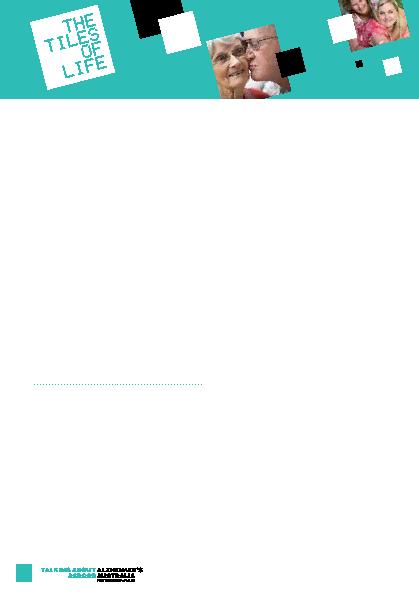
arrangements with the patient (co resident or
non co resident) and carer burden using the 22
item Zarit's Burden Interview Scale score (BIS).
type of dementia diagnosed (n=31/75). The
mean BIS was 17 signifying low carer burden
reported by the carers.
increased carer burden.
all positively correlated with the carer burden.
Female carers for female patients were seven
times more likely to report significant carer
burden compared to male carers of female
patients.
reported higher burden. We suggest
assessment of BPSD on all patients referred to
memory services.
public exposure as the `baby boomer'
generation moves into retirement age and
sexuality is increasingly seen as important for
successful ageing. Expression of sexuality
for older people living in residential aged care
however, particularly if they have dementia,
remains a major challenge. Many residential
aged care staff do not perceive sexuality
to be a priority care need and a `sexuality
assessment' is not the norm. There is also very
little information available to assist and guide
aged care facilities in responding to residents'
expressions of sexuality.
application of an environmental sexuality
assessment tool that allows aged care facilities
to determine the extent to which they have
addressed the sexuality needs of residents
(including those with dementia). The tools'
items address: policies and procedures;
staff education, knowledge, and attitudes;
education and support for residents; education
and support for families; assessment and
documentation; facility physical environment
and safety and risk management. The paper
will report on the tool's development, including
the research findings which underpinned its
development.